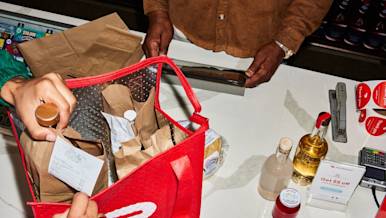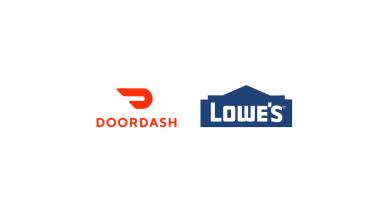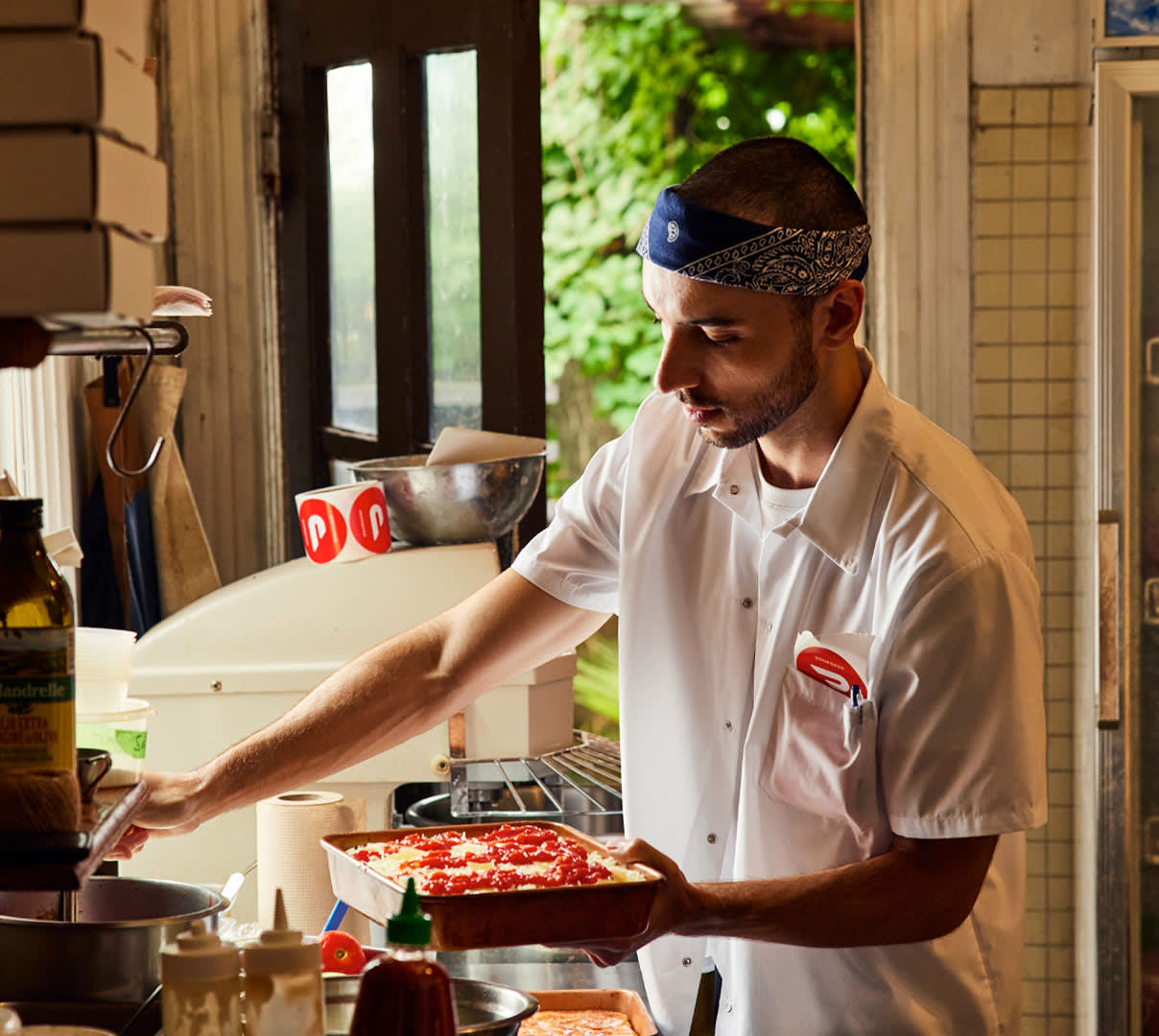DoorDash Announces $440,000 in Relief Grants for Restaurants Impacted by Disasters
In 2023, DoorDash has awarded relief grants to 44 restaurants in the United States, Canada, and New Zealand.
Read more
A Look At Local Impact With Responsible Alcohol Delivery
Alcohol delivery on DoorDash enables merchants to grow their business, creates earnings opportunities for Dashers and prioritizes safety in our communities.

DoorDash Announces Portable Benefits Savings Program For Dashers in Pennsylvania
First-of-its-kind pilot program — launched with the support of Governor Josh Shapiro — will give eligible Pennsylvania Dashers access to support for expenses related to health insurance, retirement, and paid time off

DoorDash Adds Lowe’s as First Home Improvement Retail Partner
Consumers can shop for everything from gardening tools to spring cleaning essentials from Lowe's for on-demand delivery.

Announcing the Washington, D.C. and Minneapolis Accelerator for Local Restaurants: Live and Local Series
We’re proud to announce a call for applications in the Washington, D.C. and Minneapolis, MN areas for the Accelerator for Local Restaurants: Live & Local Series.

DoorDash and Wing Announce Drone Delivery Pilot in the US
Expanded partnership brings speed and convenience of drone delivery to consumers beginning in Christiansburg, Virginia

Giant Eagle Offers Additional Grocery Delivery Options Through Expanded DoorDash Partnership
Giant Eagle Offers Additional Grocery Delivery Options Through Expanded DoorDash Partnership
